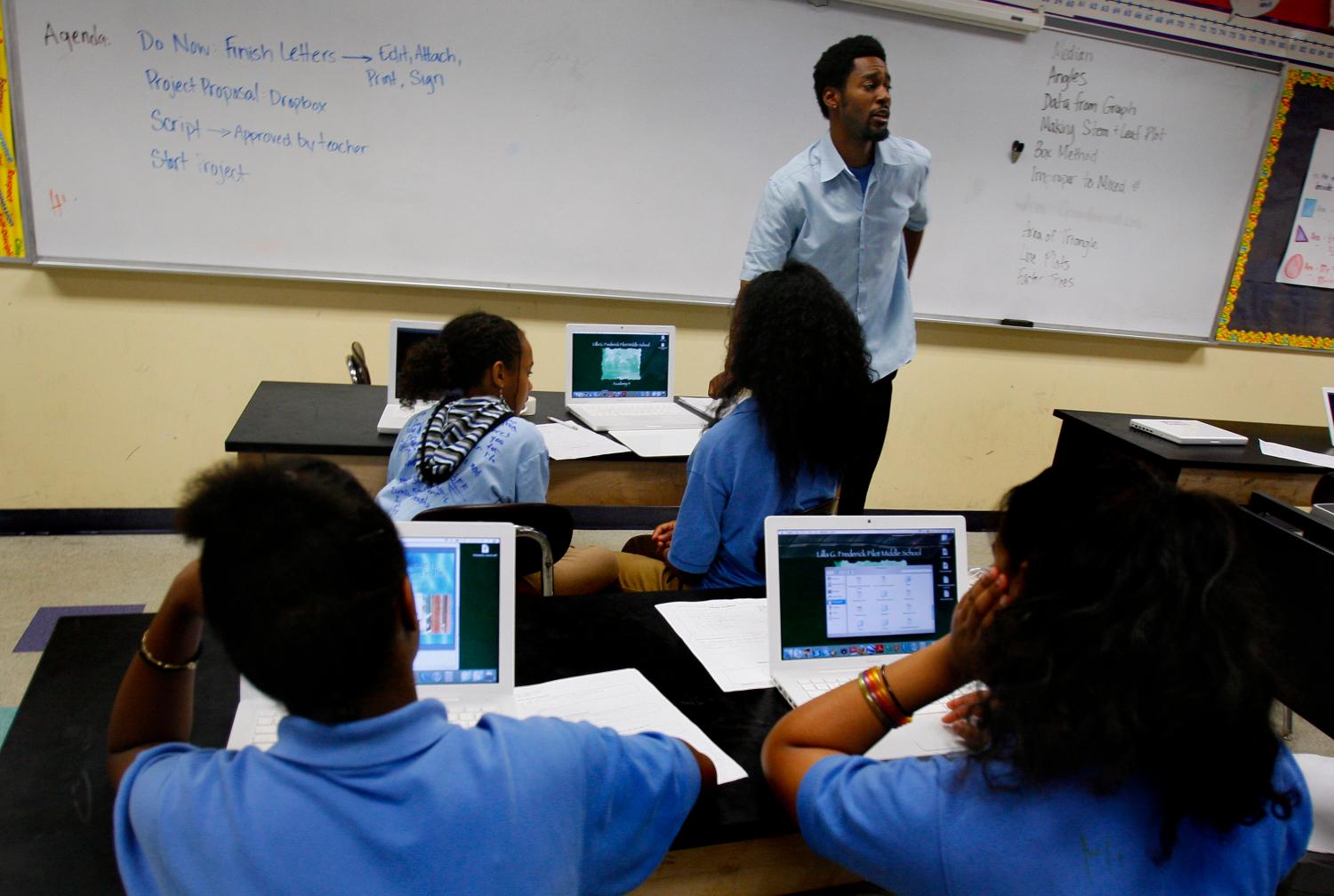Imagine this scenario: twelve-year-old Susan took a course designed to improve her reading skills. She read short stories and the teacher would give her and her fellow students a written test every other week measuring vocabulary and reading comprehension. A few days later, Susan’s instructor graded the paper and returned her exam. The test showed that she did well on vocabulary, but needed to work on retaining key concepts.
In the future, her younger brother Richard is likely to learn reading through a computerized software program. As he goes through each story, the computer will collect data on how long it takes him to master the material. After each assignment, a quiz will pop up on his screen and ask questions concerning vocabulary and reading comprehension. As he answers each item, Richard will get instant feedback showing whether his answer is correct and how his performance compares to classmates and students across the country. For items that are difficult, the computer will send him links to websites that explain words and concepts in greater detail. At the end of the session, his teacher will receive an automated readout on Richard and the other students in the class summarizing their reading time, vocabulary knowledge, reading comprehension, and use of supplemental electronic resources.
In comparing these two learning environments, it is apparent that current school evaluations suffer from several limitations. Many of the typical pedagogies provide little immediate feedback to students, require teachers to spend hours grading routine assignments, aren’t very proactive about showing students how to improve comprehension, and fail to take advantage of digital resources that can improve the learning process. This is unfortunate because data-driven approaches make it possible to study learning in real-time and offer systematic feedback to students and teachers.
In this report, I examine the potential for improved research, evaluation, and accountability through data mining, data analytics, and web dashboards. So-called “big data” make it possible to mine learning information for insights regarding student performance and learning approaches.[1] Rather than rely on periodic test performance, instructors can analyze what students know and what techniques are most effective for each pupil. By focusing on data analytics, teachers can study learning in far more nuanced ways.[2] Online tools enable evaluation of a much wider range of student actions, such as how long they devote to readings, where they get electronic resources, and how quickly they master key concepts.
[1] James Manyika, Michael Chui, Brad Brown, Jacques Bughin, Richard Dobbs, Charles Roxburgh, and Angela Byers, “Big Data: The Next Frontier for Innovation, Competition, and Productivity,” McKinsey Global Institute, May, 2011.
[2] Felix Castro, Alfredo Vellido, Angela Nebot, and Francisco Mugica, “Applying Data Mining Techniques to e-Learning Problems,” Studies in Computational Intelligence, Volume 62, 2007, pp. 183-221.




